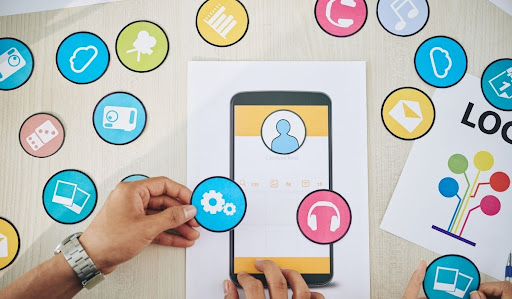Designing for different mobile platforms can be a bit tricky, but with the right tools and guidelines, it can be easy to create designs that look great on any device. In this article, we’ll discuss some tips and tools for designing for different mobile platforms.
First, it’s important to understand the different mobile platforms that are available. The most common mobile platforms are Android, iOS, and Windows Phone. Each of these platforms has its own unique design guidelines and best practices for mobile app development.
Android
Android is a Linux-based operating system for mobile devices. Android has the largest market share of any mobile platform, and there are a variety of different devices that use Android. Because of this, it’s important to design your app with a wide range of screen sizes and resolutions in mind.
Some tips for designing for Android:
– Make sure that your app is usable on a wide range of screen sizes and resolutions.
– Use common Android design patterns to make your app look and feel like a native Android app.
– Make use of the Android Material Design guidelines to create stunning visuals and an immersive user experience.
iOS
iOS is a proprietary mobile operating system developed by Apple Inc. It is used on Apple’s iPhone, iPad, and iPod Touch devices. The good thing about iOS is that there are only a few different screen sizes and resolutions to consider.
Some tips for designing for iOS:
– Make sure that your app looks great on the iPhone and iPad.
– Keep in mind the various iOS tools that can be utilized, including the UIViewController, the UISplitViewController, and the UIWebView.
– iOS apps use a different layout than Android apps, so be sure to familiarize yourself with the iOS design guidelines.
Windows Phone
Windows Phone is a mobile operating system developed by Microsoft. It is used on devices such as the Nokia Lumia series of smartphones. The good thing about Windows Phone is that it has a consistent user interface across all devices, so your app will look and feel the same on every device.
Some tips for designing for Windows Phone:
– Follow the Windows Phone design guidelines to create apps that look and feel like a native Windows Phone app.
– Make sure that your app looks great on all screen sizes and resolutions.
– Utilize the various Windows Phone controls, such as the Panorama and Pivot controls.
Most Important Aspect: Testing!
No matter how well you design your app, it’s important to test it on different devices and platforms to ensure that it works correctly. Different devices and platforms can have different quirks, so it’s important to test your app on as many devices as possible. You can use online tools such as the Android Emulator and the iOS Simulator to test your app on different devices.
Designing for different mobile platforms can be a daunting task, but with the right tools and guidelines, it can be easy to create designs that look great on any device. By following the tips in this article, you’ll be on your way to creating beautiful and functional mobile apps for any platform.
Zara Raza is the Head of Marketing at Sunvera Software. She earned her Bachelor’s in Business Administration from the University of California, Irvine, in 2019, and has written several blogs on technology, software, marketing, education, business, and more.
